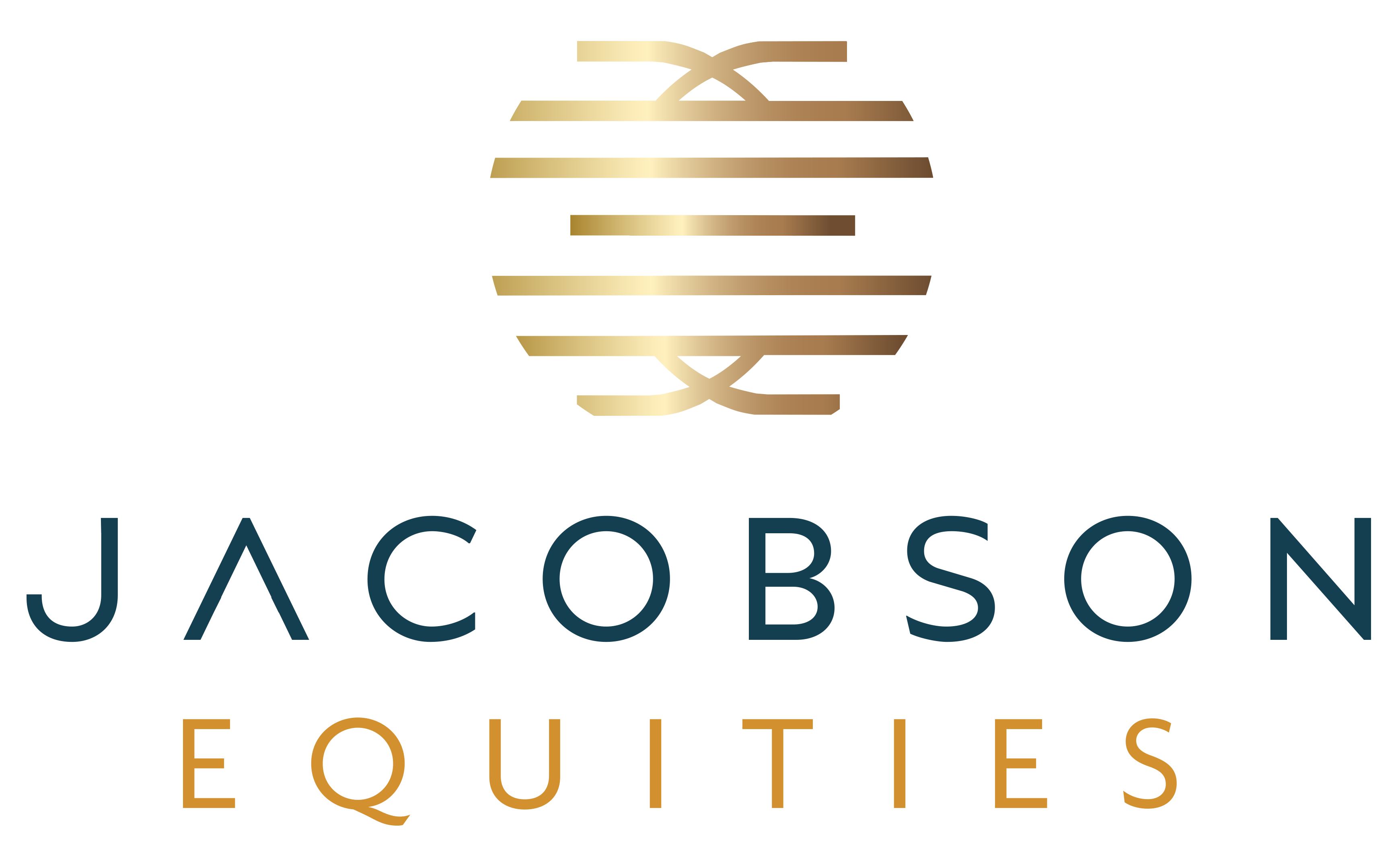For over a decade, it seemed interest rates would stay low forever. While many investors enjoyed strong returns during that period, some of those returns were a function of asset inflation brought about by such persistently low rates. Now, as we navigate a climate in which the Zero Interest Rate Policy (ZIRP) era has come to an end, investors need to recalibrate their expectations for what constitutes a reasonable return on a real estate investment.
We’ve attached a Cap Rate Calculator which models the correct total return and cap rate which should be required by a real estate investor. As we have discussed in the past, the cornerstone of an investment analysis is how the subject investment compares to the so-called “risk free rate”, which is the interest rate then payable by a 10-year United States Treasury Bond. The 10-year Treasury is considered risk free because it is guaranteed by the full faith and credit of the United States government. Since there is essentially no risk that the principal will not be repaid, the yield on a 10-year Treasury is lower than other investment alternatives such as corporate bonds, equities, and real estate. This is because a rational investor would logically conclude they must be paid a “risk premium” for an investment that does not have the certainty of repayment that a Treasury bond does. The amount of such a risk premium varies directly with the perceived risk of the investment in question. The higher the risk of the investment, the greater the risk premium should be. Note, this does not mean a riskier investment will yield a higher return than a less risky one. Rather, an investor should require that a riskier investment compensate them commensurately for the enhanced risk they are undertaking.

Of course, the yield on a 10-year Treasury fluctuates, so for purposes of our analysis, we look to recent history which shows that the 10-year yield tends to fall 150-200 basis points over the current rate of inflation. Assuming the Federal Reserve’s committed goal of 2% inflation, and a 175 bps spread over inflation, our analysis assumes a 3.75% yield on the 10 year (i.e., 2% inflation plus a 175 bps spread). As discussed above, the risk premium over the risk-free rate varies by investment type. For a quality apartment complex, investors have historically required a 200 bps spread for the incremental risk plus another 50 bps because a real estate investment lacks the liquidity of, say, Apple stock. Adding a 250 bps risk and illiquidity premium to a 3.75% yield on the 10-year Treasury results in a 6.25% total unlevered return. In other words, a rational investor should require a return of 6.25% from an investment in a quality apartment building. Of course, most real estate investments use some level of borrowed money, the amount of which varies based upon the level of risk tolerance of the individual investor. The leverage would enhance the total return above.
Consider though that the 6.25% return is an all-in return, inclusive of both cash flow and appreciation. The unlevered cash flow component of the total return is the capitalization rate of the investment in question. The cap rate is important as it is the measure of return used to compare two similar properties (e.g., similar in age, location, quality). Since multifamily cash flow historically exceeds inflation by 50-100 bps, we will use 75 bps for our purposes here, which leaves us with a 2.75% annual growth rate. Subtracting the 2.75% annual cash flow growth rate from the 6.25% total return generates a 3.5% cash flow cap rate of 3.5%. However, since cap rates are determined by reference to Net Operating Income (i.e., rental income minus non-capitalized operating expenses), and since cash flow for apartments is typically 80% of NOI (as capitalized expenses and other so-called below the line expenses consume some NOI), the NOI cap rate of 3.5% is divided by 80%, leaving 4.38% as the target cap rate appropriate to permitting an investor to achieve the desired 6.25% total return on a quality apartment building.
The importance of this analysis cannot be overstated in the current—and likely long term—real estate investing environment. Investors became used to achieving uncharacteristically elevated returns during the past 10 plus years, but these returns were a function of asset inflation caused by perennially low interest rates. While an investor can be excused for thinking such inflated returns were the new normal, they were in fact a function of a) high leverage, floating rate debt and, b) excessive capital availability due to TINA (i.e., “There Is No Alternative” to real estate, equities, etc. in an era of sustained low fixed income yields). In short, many investors were undertaking high risk under the assumption that an unprecedented and unsustainable environment of low interest rates would go on forever. Those times are over and, for many investors, they are paying the piper now for the risky deals they bought before the music stopped. As such, astute investors will recalibrate their expectations of what a real estate investment should generate in an environment that has returned to true north (normal).
For investors with cash to invest, the next few years will be rife with opportunities to acquire quality real estate at exceptional prices. Now, favorable pricing will mean acquiring at a discount to replacement cost and returns will be dependent upon reasonable rent growth and moderate leverage assumptions. In short, investors can now invest in desirable hard assets with lower risk.
*Cap Rate Calculator and analysis courtesy of data provided in Winter 2024 Linneman Letter. Peter Linneman was Albert Sussman Professor of Real Estate, Finance and Public Policy at the Wharton School of Business and author of Real Estate Finance and Investments: Risks and Opportunities, one of the most widely used textbooks in business schools across America.


